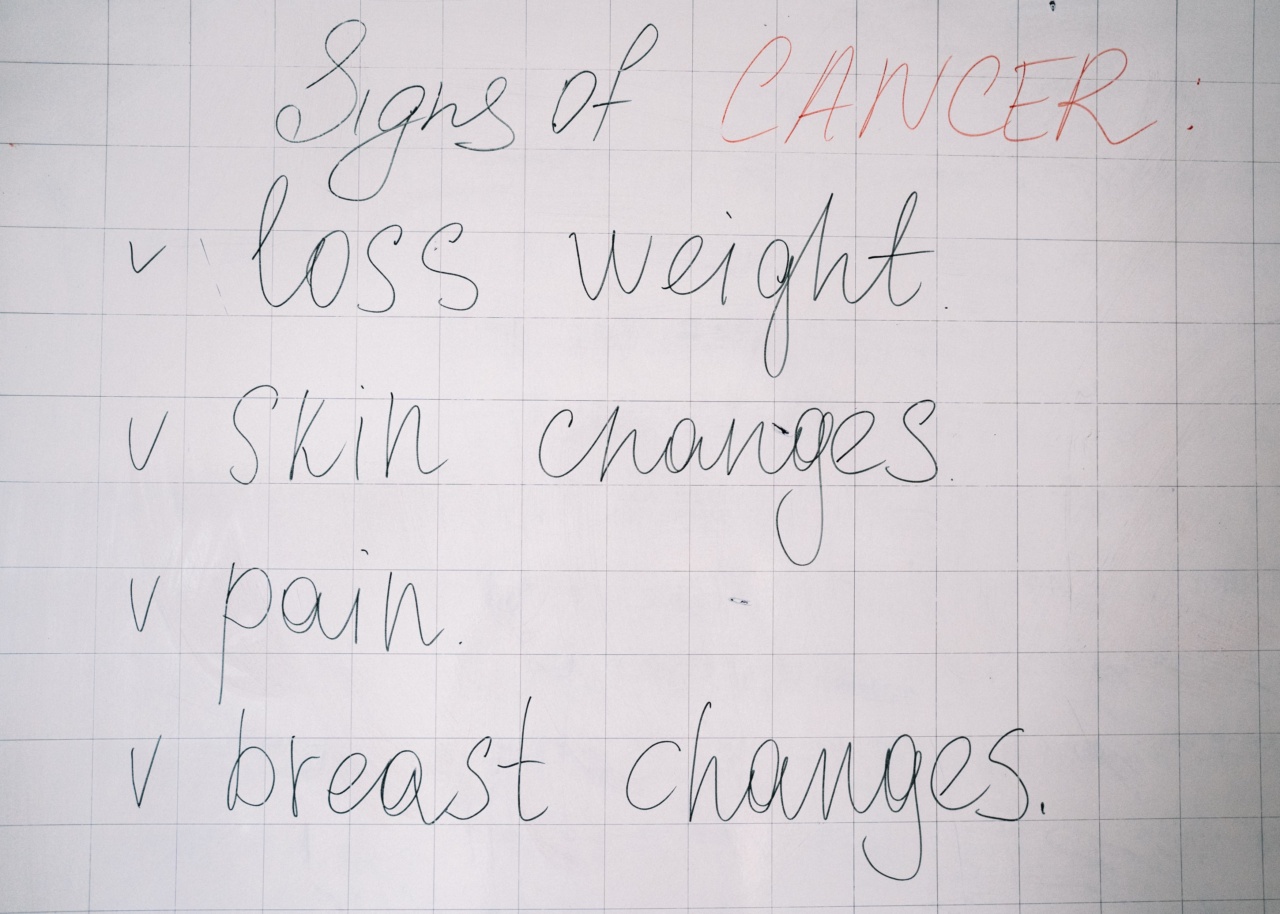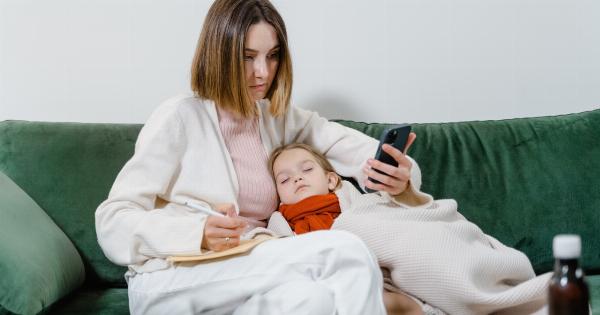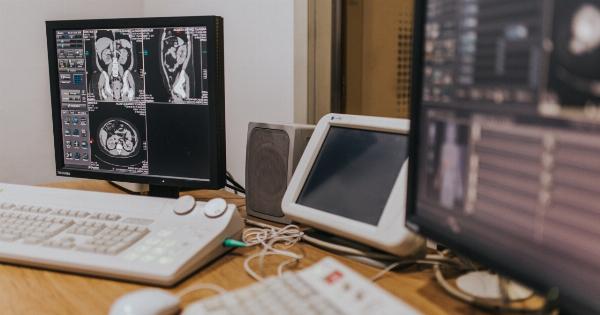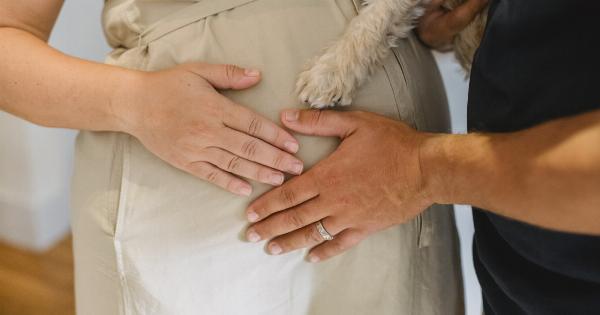Uterine fibroids are abnormal growths that develop in or on a woman’s uterus. They are usually non-cancerous (benign) but can sometimes cause a range of symptoms that can interfere with daily life.
Fibroids can be very small or can grow to be very large, and they can occur in various different locations in and around the uterus.
What are the Symptoms of Uterine Fibroids?
Many women have fibroids during their lifetime, but they may not know it because they often cause no symptoms. When symptoms are present, they can include:.
1. Heavy or Prolonged Menstrual Bleeding
Fibroids can cause very heavy bleeding during menstruation and prolonged menstrual periods. Women with fibroids may also experience bleeding between periods or very frequent periods.
2. Pelvic Pain or Pressure
Fibroids can cause discomfort or pain in the pelvic region, ranging from mild to severe. Women may also experience pressure or fullness in their lower abdomen.
3. Difficulty Emptying the Bladder
Large fibroids can put pressure on the bladder, causing difficulty emptying it completely. This can lead to frequent urination, urinary urgency, or incontinence.
4. Constipation or Bloating
Fibroids may cause changes in the digestive system, leading to constipation or bloating.
5. Back Pain
Fibroids located near the back of the uterus can cause back pain or discomfort.
6. Painful Intercourse
Fibroids can cause pain or discomfort during sexual intercourse.
When to Seek Medical Attention
If you experience pelvic pain or other symptoms of uterine fibroids, it is important to make an appointment with your healthcare provider. They can perform a pelvic exam and may order imaging tests such as an ultrasound or MRI to diagnose fibroids.
It is especially important to seek medical attention if you experience:.
- Severe or prolonged menstrual bleeding that lasts longer than a week
- Difficulty breathing or shortness of breath
- Fainting or dizziness
- Sudden, severe pain in the pelvic region
- Heavy bleeding combined with fever or chills
Treatments for Uterine Fibroids
For women experiencing severe symptoms related to fibroids, treatment may be necessary. The type of treatment recommended will depend on the size, number, and location of the fibroids.
1. Medications
Medications such as nonsteroidal anti-inflammatory drugs (NSAIDs) and hormonal birth control may help manage symptoms such as pain or heavy bleeding. In some cases, medication can help shrink fibroids.
2. Hysteroscopy
A hysteroscopy is a minimally invasive procedure that involves inserting a small camera into the uterus. This procedure can be used to remove small fibroids or to remove the lining of the uterus.
3. Uterine Artery Embolization
Uterine artery embolization is a non-surgical procedure that involves blocking the arteries that supply blood to the fibroids. This procedure can help shrink the fibroids and alleviate symptoms.
4. Myomectomy
A myomectomy is a surgical procedure that involves removing fibroids from the uterus while preserving the uterus. This procedure is commonly used for women who have large or multiple fibroids and wish to preserve their fertility.
5. Hysterectomy
A hysterectomy is a surgical procedure that involves removing the entire uterus. This is usually only recommended for women who no longer wish to have children or have severe symptoms that have not responded to other treatments.
Conclusion
Uterine fibroids are a common condition that can cause a range of symptoms. If you are experiencing symptoms related to fibroids, it is important to seek medical attention to determine the best course of treatment for your individual needs.





























